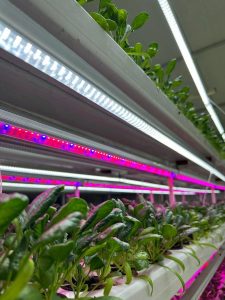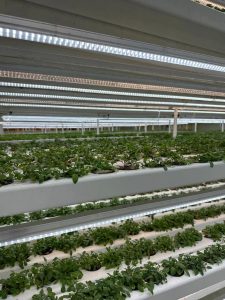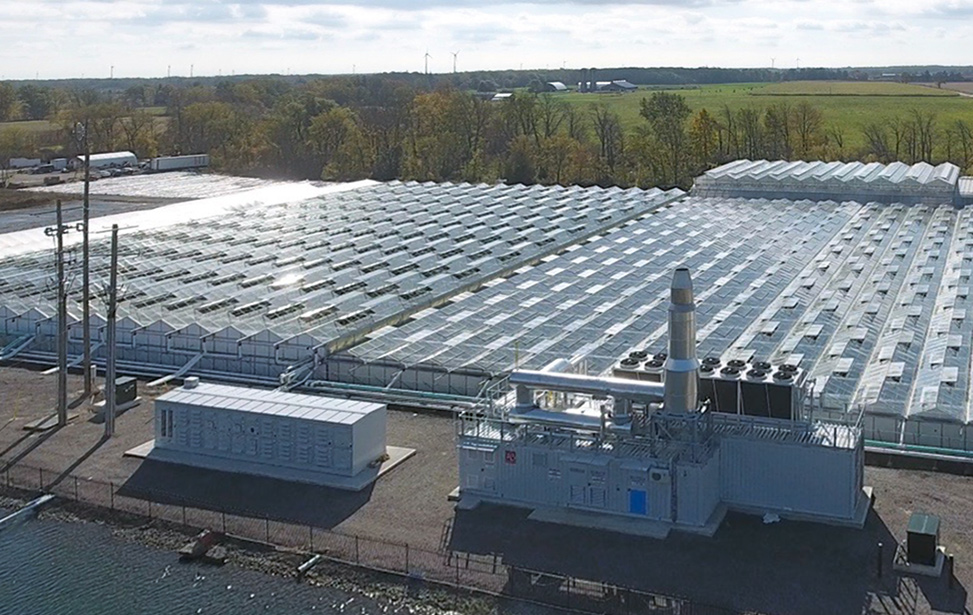As reported by Abdul Basit (CAPM)
In the ever-evolving landscape of agriculture, indoor vertical farming stands out as a beacon of innovation and sustainability. This cutting-edge approach combines advanced technology with traditional farming principles to address the growing global demand for fresh produce while minimizing environmental impact. Entrepreneurs and investors seeking lucrative opportunities in the agricultural sector are increasingly turning their attention to this transformative method.
High-Tech Innovations Driving Success
Indoor vertical farming leverages state-of-the-art technology to optimize growing conditions for a wide range of crops. One of the key innovations in this field is the use of advanced growing lights, which ensure consistent and optimal photosynthesis throughout the year. These lights are designed to mimic natural sunlight, allowing plants to grow healthily and robustly, irrespective of external weather conditions.
Additionally, the meticulous management of key environmental parameters—such as CO2 levels, temperature, and humidity—creates an ideal microclimate for crops. This precision control not only enhances plant growth but also maximizes yields, making indoor vertical farming a highly efficient method of food production.

Sustainability at the Core
One of the most significant advantages of indoor vertical farming is its commitment to sustainability. Traditional farming methods often require vast amounts of land and water, which are becoming increasingly scarce resources. In contrast, vertical farms use up to 95% less water than conventional farming, thanks to innovative irrigation techniques like hydroponics and aeroponics.
Moreover, the vertical stacking of crops in indoor farms allows for the production of more food in a smaller footprint, conserving valuable land resources. This method also reduces the need for pesticides and herbicides, resulting in cleaner, healthier produce.
Economic Viability and Resilience
For entrepreneurs and investors, the economic potential of indoor vertical farming is substantial. The ability to produce high-quality crops year-round, regardless of climatic conditions, ensures a steady supply that can meet market demands consistently. This reliability translates into robust business opportunities and a strong return on investment.
Furthermore, the resilience of indoor vertical farms makes them an attractive option in the face of climate change and other environmental challenges. By controlling the growing environment, these farms can mitigate the risks associated with extreme weather events, droughts, and other disruptions that impact traditional agriculture.

A Vision for the Future
Indoor vertical farming represents the future of agriculture—one that is efficient, sustainable, and resilient. As the world grapples with the dual challenges of feeding a growing population and protecting the environment, this innovative approach offers a viable solution. By embracing indoor vertical farming, we can revolutionize the agriculture industry, creating a more sustainable and food-secure world.
Conclusion
Investors and entrepreneurs looking to make a meaningful impact in the agricultural sector should consider the immense potential of indoor vertical farming. With its blend of high-tech innovations and sustainable practices, this approach is poised to transform food production and deliver significant economic and environmental benefits.











